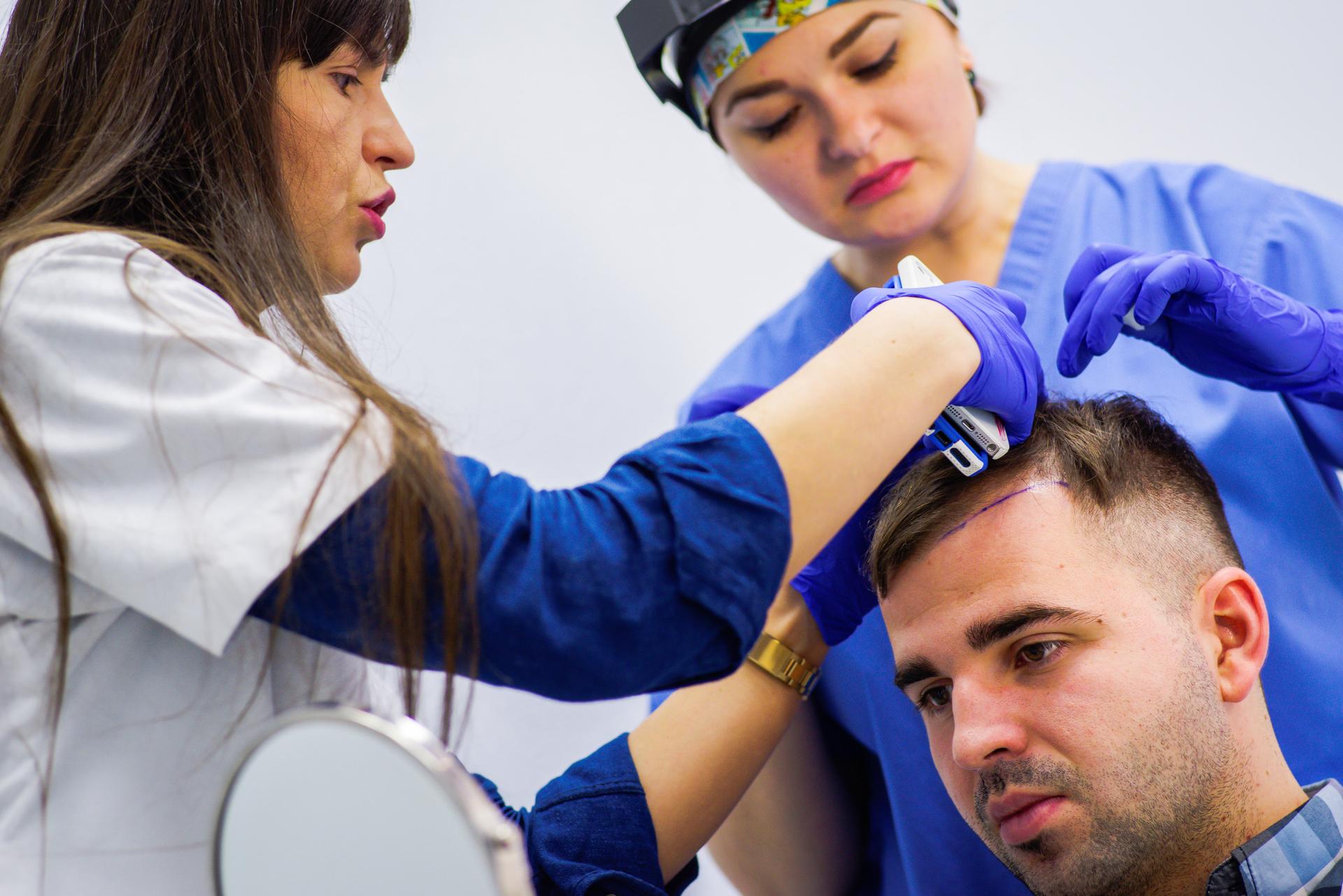Thinning hair can be a frustrating and sometimes disheartening experience, affecting both men and women as they age. While it’s natural for hair to thin as we grow older, certain lifestyle factors, genetics, and even stress can accelerate the process. If you’re seeking effective solutions to combat thinning hair, consulting a Hair Specialist Doctor in Dubai could be a great first step. However, understanding the top treatments available is just as important to make an informed decision about your hair care journey. In this article, we’ll explore some of the most popular and effective hair treatments that can help you regain fuller, healthier-looking hair.
1. Minoxidil (Topical Treatment)One of the most widely used treatments for thinning hair is Minoxidil. This over-the-counter topical solution works by stimulating hair follicles, promoting hair growth, and slowing down hair loss. Available in both liquid and foam formulations, Minoxidil is easy to apply to the scalp and has been clinically proven to help regrow hair in many individuals. Although it may take a few months to see visible results, consistency is key. Minoxidil is suitable for both men and women and can be particularly effective for those in the early stages of hair thinning. 2. Platelet-Rich Plasma (PRP) TherapyPlatelet-Rich Plasma (PRP) therapy is an innovative treatment that uses your body’s own platelets to stimulate hair growth. During the procedure, a small amount of your blood is drawn and processed to concentrate the platelets. The rich plasma is then injected into the scalp, targeting thinning areas. PRP therapy has gained popularity due to its ability to promote hair regeneration and improve scalp health. Many patients report noticeable results after several sessions, with hair becoming thicker and fuller over time. 3. Laser Therapy (Low-Level Laser Therapy - LLLT)Low-Level Laser Therapy (LLLT) is a non-invasive treatment that uses red light to stimulate hair follicles and improve hair growth. It works by increasing circulation to the scalp and enhancing cellular activity within the hair follicles. Laser therapy is typically offered through devices such as laser combs, helmets, or caps. While results may vary, many people find that regular use of LLLT can lead to thicker, more vibrant hair with consistent treatment. 4. Hair TransplantsFor individuals with significant hair loss, a hair transplant may be a highly effective solution. This surgical procedure involves moving hair follicles from a dense area (often the back of the head) to the thinning or balding areas. Hair transplants have become much more advanced in recent years, offering natural-looking results. Although the procedure itself is a one-time solution, it’s crucial to maintain a healthy hair care routine to ensure long-lasting results. 5. Nutritional Supplements and Lifestyle ChangesSometimes, thinning hair can be a result of nutritional deficiencies or unhealthy lifestyle habits. Incorporating specific nutritional supplements such as biotin, vitamin D, zinc, and iron can help support hair health. A well-balanced diet that includes these nutrients can also prevent further thinning and encourage stronger, more vibrant hair. Additionally, reducing stress, improving sleep patterns, and practicing good hair care habits (such as avoiding excessive heat and harsh chemicals) can help maintain a healthy scalp and promote hair growth. 6. Scalp MicropigmentationFor those seeking a non-invasive, cosmetic solution to thinning hair, scalp micropigmentation may be an excellent option. This treatment involves applying tiny pigments to the scalp, creating the illusion of thicker hair by mimicking the appearance of hair follicles. Scalp micropigmentation is a great way to achieve the appearance of fuller hair, especially for individuals with receding hairlines or areas of thinning. 7. Hair Thickening ProductsWhile not a permanent solution, hair thickening products can provide a quick fix for those dealing with thinning hair. Shampoos, conditioners, and styling products that contain ingredients like keratin, biotin, and volumizing agents can temporarily add fullness and density to hair. These products work by coating the hair shaft and making individual strands appear thicker. They can be particularly useful for those looking to enhance their hair while undergoing other treatments.
8. Stem Cell TherapyStem cell therapy for hair loss is still in its early stages but shows promise in the world of hair restoration. Stem cells can help regenerate hair follicles and promote hair growth by rejuvenating the scalp’s environment. This non-surgical approach is gaining attention for its potential to provide long-term solutions to thinning hair, and research in this area continues to evolve. ConclusionIf you are experiencing thinning hair, there are various treatments available that can help improve the health, thickness, and overall appearance of your hair. Whether you choose non-invasive options like Minoxidil, advanced therapies like PRP, or more permanent solutions like hair transplants, the key is to find a treatment that suits your individual needs and lifestyle. Consulting with a Hair Specialist Doctor can provide you with personalized recommendations tailored to your specific condition. With the right treatment plan in place, you can take proactive steps toward restoring your hair and boosting your confidence. | |
|
| |
| Views: 13 | |
| Total comments: 0 | |

:max_bytes(150000):strip_icc()/177259702-56a6f7b93df78cf772912ba3.jpg)